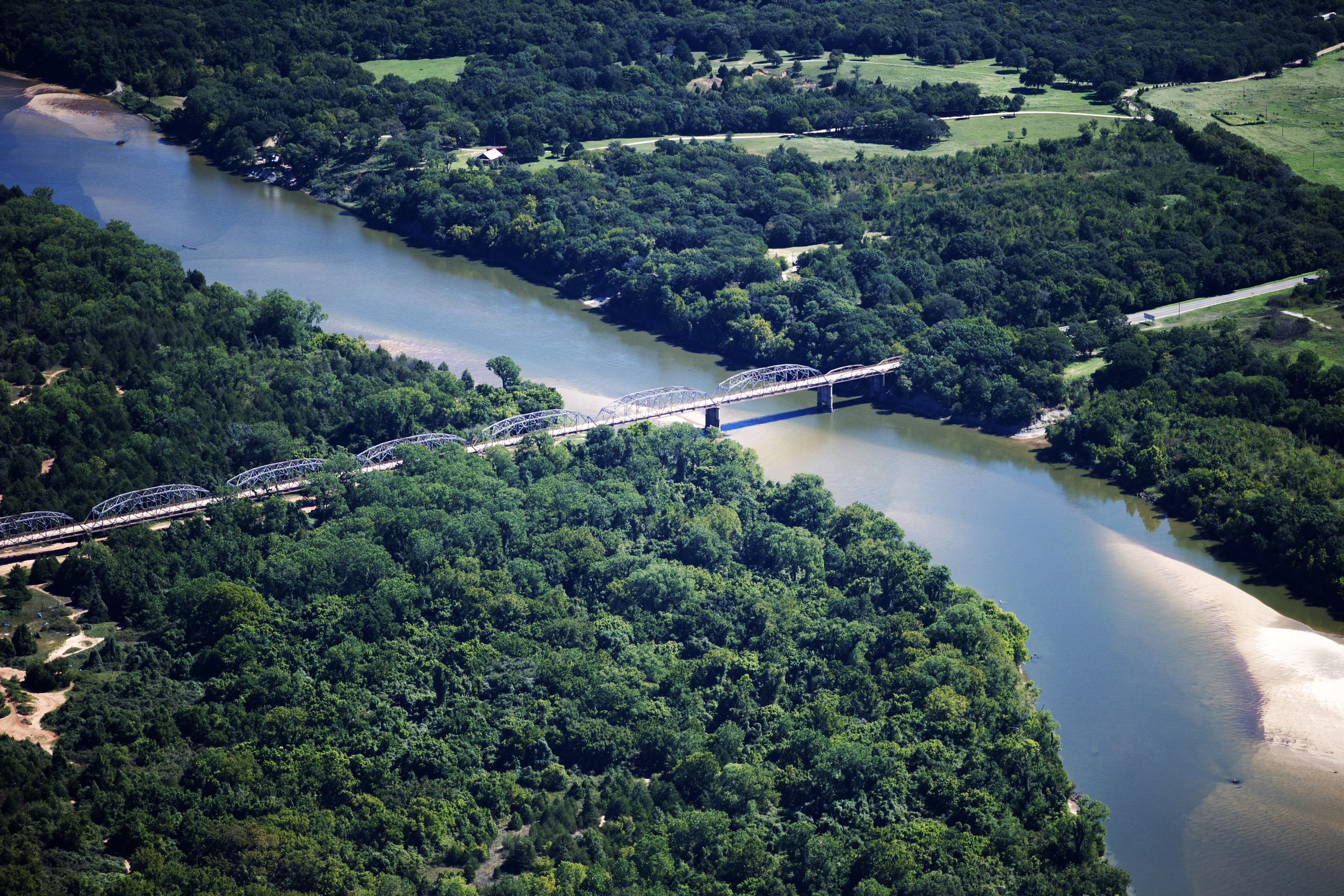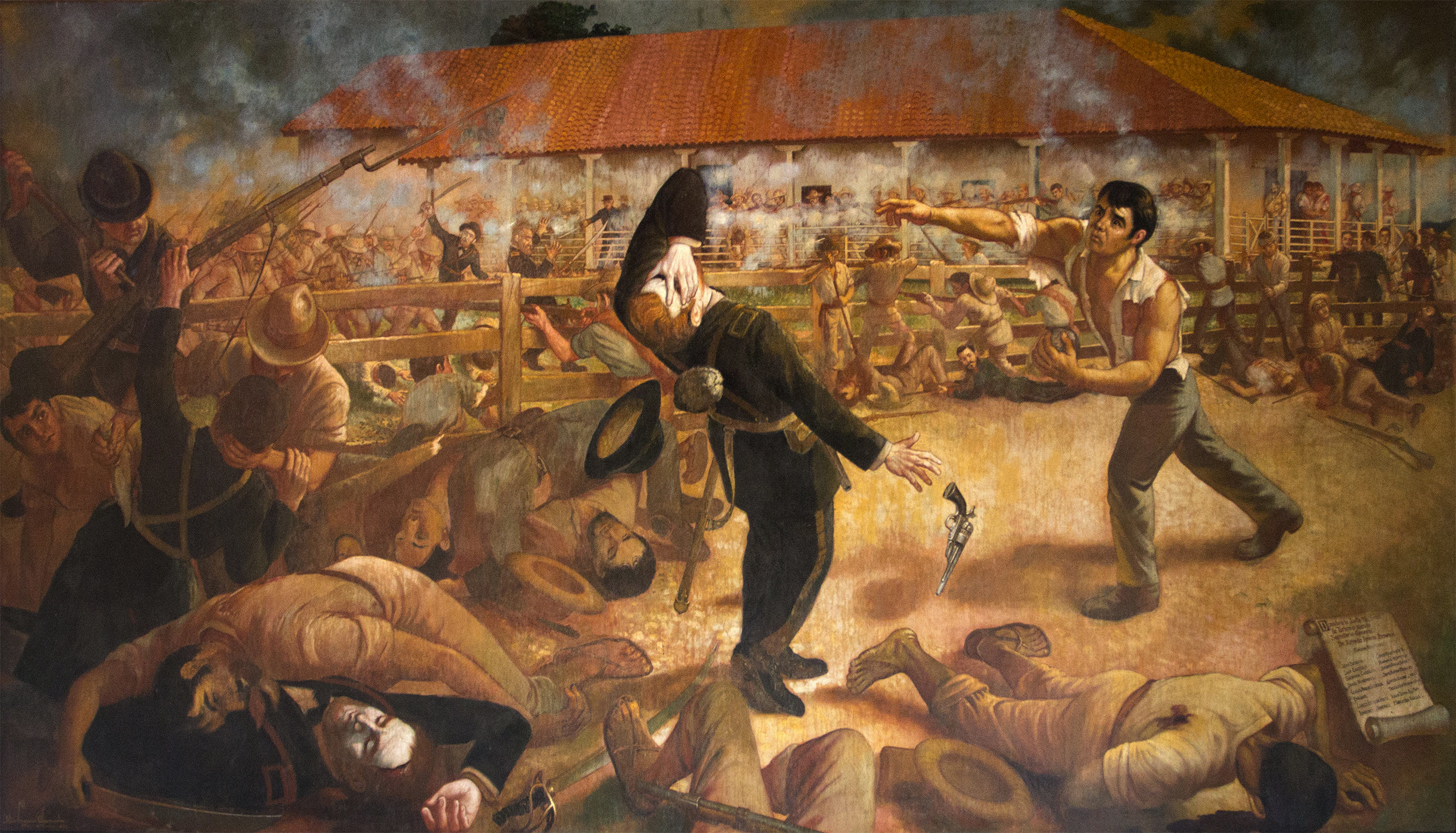|
Calcasieu Parish
Calcasieu Parish (; french: Paroisse de Calcasieu) is a List of parishes in Louisiana, parish located on the southwestern border of the U.S. state of Louisiana. As of the 2020 United States Census, 2020 census, the population was 216,785. The parish seat is Lake Charles, Louisiana, Lake Charles. Calcasieu Parish is part of the Lake Charles Lake Charles metropolitan area, metropolitan statistical area; it is also located near the Beaumont–Port Arthur metropolitan area, Beaumont–Port Arthur (Texas), Lafayette, Louisiana metropolitan area, Lafayette, and Alexandria, Louisiana metropolitan area, Alexandria metropolitan areas. Calcasieu Parish was created March 24, 1840, from the parish of St. Landry Parish, Louisiana, Saint Landry, one of the original nineteen civil List of parishes in Louisiana, parishes established by the Louisiana Legislature in 1807 after the United States acquired the territory in the Louisiana Purchase of 1803. The original parish seat was Comasaque Bluff ... [...More Info...] [...Related Items...] OR: [Wikipedia] [Google] [Baidu] |
List Of Parishes In Louisiana
The U.S. state of Louisiana is divided into 64 parishes ( French: ''paroisses'', Spanish: ''parroquias'') in the same manner that Alaska is divided into boroughs, and the remaining 48 other states are divided into counties. Louisiana's usage of the term "parish" for a geographic region or local government dates back to the Spanish colonial and French colonial periods. Thirty-eight parishes are governed by a council called a Police Jury. The remaining 26 have various other forms of government, including: council-president, council-manager, parish commission, and consolidated parish/city. History Louisiana was formed from French and Spanish colonies, which were both officially Roman Catholic. Local colonial government was based upon parishes, as the local ecclesiastical division. Following the Louisiana Purchase in 1803, the territorial legislative council divided the Territory of Orleans (the predecessor of Louisiana state) into 12 counties. The borders of these counties we ... [...More Info...] [...Related Items...] OR: [Wikipedia] [Google] [Baidu] |
Louisiana Purchase
The Louisiana Purchase (french: Vente de la Louisiane, translation=Sale of Louisiana) was the acquisition of the territory of Louisiana by the United States from the French First Republic in 1803. In return for fifteen million dollars, or approximately eighteen dollars per square mile, the United States nominally acquired a total of in Middle America. However, France only controlled a small fraction of this area, most of which was inhabited by Native Americans; effectively, for the majority of the area, the United States bought the "preemptive" right to obtain "Indian" lands by treaty or by conquest, to the exclusion of other colonial powers. The Kingdom of France had controlled the Louisiana territory from 1699 until it was ceded to Spain in 1762. In 1800, Napoleon, the First Consul of the French Republic, regained ownership of Louisiana as part of a broader effort to re-establish a French colonial empire in North America. However, France's failure to suppress a revol ... [...More Info...] [...Related Items...] OR: [Wikipedia] [Google] [Baidu] |
Red River Of The South
The Red River, or sometimes the Red River of the South, is a major river in the Southern United States. It was named for its reddish water color from passing through red-bed country in its watershed. It is one of several rivers with that name. Although once a tributary of the Mississippi River, the Red River is now a tributary of the Atchafalaya River, a distributary of the Mississippi that flows separately into the Gulf of Mexico. This confluence is connected to the Mississippi River by the Old River Control Structure. The south bank of the Red River formed part of the US–Mexico border from the Adams–Onís Treaty (in force 1821) until the Texas Annexation and the Treaty of Guadalupe Hidalgo. The Red River is the second-largest river basin in the southern Great Plains. It rises in two branches in the Texas Panhandle and flows east, where it serves as the border between the states of Texas and Oklahoma. It forms a short border between Texas and Arkansas before entering Ar ... [...More Info...] [...Related Items...] OR: [Wikipedia] [Google] [Baidu] |
Louisiana Territory
The Territory of Louisiana or Louisiana Territory was an organized incorporated territory of the United States that existed from July 4, 1805, until June 4, 1812, when it was renamed the Missouri Territory. The territory was formed out of the District of Louisiana, which consisted of the portion of the Louisiana Purchase north of the 33rd parallel (which is now the Arkansas–Louisiana state line). Background The Eighth Congress of the United States on March 26, 1804, passed legislation entitled "An act erecting Louisiana into two territories, and providing for the temporary government thereof," which established the Territory of Orleans and the District of Louisiana as organized incorporated U.S. territories. With regard to the District of Louisiana, this organic act, which went into effect on October 1, 1804, detailed the authority of the governor and judges of the Indiana Territory to provide temporary civil jurisdiction over the expansive region. Establishment On March ... [...More Info...] [...Related Items...] OR: [Wikipedia] [Google] [Baidu] |
US Congress
The United States Congress is the legislature of the federal government of the United States. It is bicameral, composed of a lower body, the House of Representatives, and an upper body, the Senate. It meets in the U.S. Capitol in Washington, D.C. Senators and representatives are chosen through direct election, though vacancies in the Senate may be filled by a governor's appointment. Congress has 535 voting members: 100 senators and 435 representatives. The U.S. vice president has a vote in the Senate only when senators are evenly divided. The House of Representatives has six non-voting members. The sitting of a Congress is for a two-year term, at present, beginning every other January. Elections are held every even-numbered year on Election Day. The members of the House of Representatives are elected for the two-year term of a Congress. The Reapportionment Act of 1929 establishes that there be 435 representatives and the Uniform Congressional Redistricting Act requires tha ... [...More Info...] [...Related Items...] OR: [Wikipedia] [Google] [Baidu] |
France
France (), officially the French Republic ( ), is a country primarily located in Western Europe. It also comprises of Overseas France, overseas regions and territories in the Americas and the Atlantic Ocean, Atlantic, Pacific Ocean, Pacific and Indian Oceans. Its Metropolitan France, metropolitan area extends from the Rhine to the Atlantic Ocean and from the Mediterranean Sea to the English Channel and the North Sea; overseas territories include French Guiana in South America, Saint Pierre and Miquelon in the North Atlantic, the French West Indies, and many islands in Oceania and the Indian Ocean. Due to its several coastal territories, France has the largest exclusive economic zone in the world. France borders Belgium, Luxembourg, Germany, Switzerland, Monaco, Italy, Andorra, and Spain in continental Europe, as well as the Kingdom of the Netherlands, Netherlands, Suriname, and Brazil in the Americas via its overseas territories in French Guiana and Saint Martin (island), ... [...More Info...] [...Related Items...] OR: [Wikipedia] [Google] [Baidu] |
Filibuster (military)
A filibuster (from the Spanish ''filibustero''), also known as a freebooter, is someone who engages in an unauthorized military expedition into a foreign country or territory to foster or support a political revolution or secession. The term is usually applied to United States citizens who incited insurrections across Latin America, particularly in the mid-19th century, usually with the goal of establishing an American-loyal regime that may later be annexed into the United States. Probably the most notable example is the Filibuster War initiated by William Walker in Nicaragua. Filibusters are irregular soldiers who act without official authorization from their own government, and are generally motivated by financial gain, political ideology, or the thrill of adventure. Unlike mercenaries, filibusters are independently motivated and work for themselves, whilst a mercenary leader operates on behalf of others. The freewheeling actions of the filibusters of the 1850s led to the n ... [...More Info...] [...Related Items...] OR: [Wikipedia] [Google] [Baidu] |
Neutral Ground (Louisiana)
The Neutral Ground (also known as the Neutral Strip, the Neutral Territory, and the No Man's Land of Louisiana; sometimes anachronistically referred to as the Sabine Free State) was a disputed area between Spanish Texas and the United States' newly acquired Louisiana Purchase. Local officers of Spain and the United States agreed to leave the Neutral Ground temporarily outside the jurisdiction of either country. The area, now in western Louisiana, had neutral status from 1806 to 1821. Background Spain had been concerned for many years with what it viewed as the encroachment of the French from Louisiana into Texas. About 1734, the French moved their post at Natchitoches from the east to the west side of the Red River. The Spanish governor of Texas, Manuel de Sandoval, was reprimanded for not protesting this violation of what Spain believed was its sovereign territory. In 1740, Governor Prudencio de Orobio y Basterra was ordered to investigate French intrusion in the Natchitoche ... [...More Info...] [...Related Items...] OR: [Wikipedia] [Google] [Baidu] |
Sabine River (Texas-Louisiana)
Sabine River may refer to: *Sabine River (Texas–Louisiana) The Sabine River () is a long riverU.S. Geological Survey. National Hydrography Dataset high-resolution flowline dataThe National Map accessed June 20, 2011 in the Southern U.S. states of Texas and Louisiana, From the 32nd parallel north and d ..., USA * Sabine River (New Zealand) {{geodis ... [...More Info...] [...Related Items...] OR: [Wikipedia] [Google] [Baidu] |
Jose M
Jose is the English transliteration of the Hebrew and Aramaic name ''Yose'', which is etymologically linked to ''Yosef'' or Joseph. The name was popular during the Mishnaic and Talmudic periods. * Jose ben Abin * Jose ben Akabya *Jose the Galilean *Jose ben Halafta *Jose ben Jochanan *Jose ben Joezer of Zeredah *Jose ben Saul Given name Male * Jose (actor), Indian actor * Jose C. Abriol (1918–2003), Filipino priest * Jose Advincula (born 1952), Filipino Catholic Archbishop * Jose Agerre (1889–1962), Spanish writer * Jose Vasquez Aguilar (1900–1980), Filipino educator * Jose Rene Almendras (born 1960), Filipino businessman * Jose T. Almonte (born 1931), Filipino military personnel * Jose Roberto Antonio (born 1977), Filipino developer * Jose Aquino II (born 1956), Filipino politician * Jose Argumedo (born 1988), Mexican professional boxer * Jose Aristimuño, American political strategist * Jose Miguel Arroyo (born 1945), Philippine lawyer * Jose D. Aspiras (1924–1999), F ... [...More Info...] [...Related Items...] OR: [Wikipedia] [Google] [Baidu] |
Seven Years' War
The Seven Years' War (1756–1763) was a global conflict that involved most of the European Great Powers, and was fought primarily in Europe, the Americas, and Asia-Pacific. Other concurrent conflicts include the French and Indian War (1754–1763), the Carnatic Wars and the Anglo-Spanish War (1762–1763). The opposing alliances were led by Great Britain and France respectively, both seeking to establish global pre-eminence at the expense of the other. Along with Spain, France fought Britain both in Europe and overseas with land-based armies and naval forces, while Britain's ally Prussia sought territorial expansion in Europe and consolidation of its power. Long-standing colonial rivalries pitting Britain against France and Spain in North America and the West Indies were fought on a grand scale with consequential results. Prussia sought greater influence in the German states, while Austria wanted to regain Silesia, captured by Prussia in the previous war, and to contain Pruss ... [...More Info...] [...Related Items...] OR: [Wikipedia] [Google] [Baidu] |




